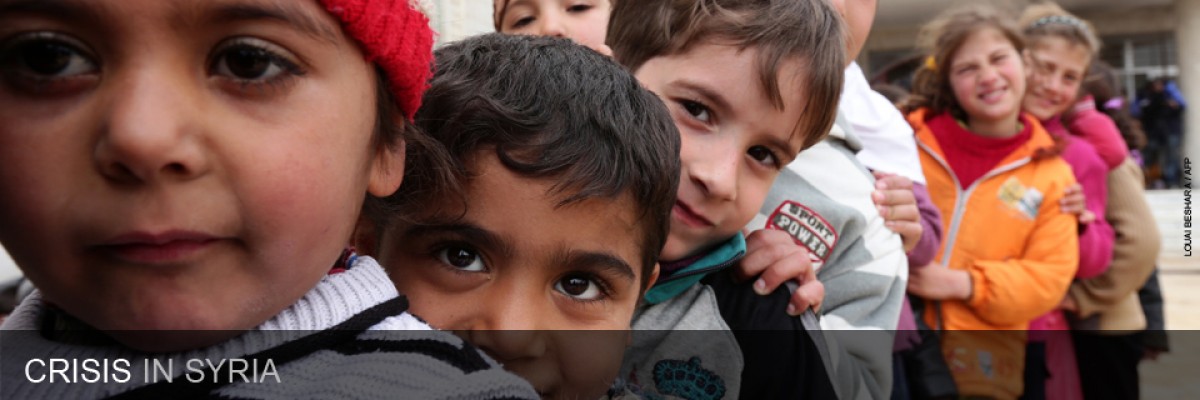Country contact shim
Speeches Shim
The Syrian conflict is the largest and most complex humanitarian crisis of our time, driving record levels of displacement. More than 12 million people—or half the pre-war population—are displaced within Syria or have fled to neighboring countries. More than 11 million people are in need of humanitarian aid. The emergence of ISIS exacerbated the protracted crisis, where the Assad regime has waged an unrelenting campaign of bloodshed and violence against its own people for more than nine years. USAID stabilization programs support a variety of sectors, including: governance, essential services, livelihoods and economic development. Stabilization programs often work in coordination with humanitarian assistance programs, combining the speed of humanitarian aid with longer-term development goals.
The United States, through USAID and the Department of State, continues to work through all possible channels to deliver aid to those in need in Syria, including through the United Nations, international and non-governmental organizations (NGOs), and local Syrian organizations. On June 30, 2020 during the fourth annual Brussels Conference on Supporting Syria and the Region, U.S. Special Representative for Syria Engagement Ambassador James F. Jeffrey announced nearly $700 million in additional humanitarian assistance for the Syria crisis. The funding will support the provision of emergency food, health, livelihoods, shelter, and water, sanitation, and hygiene services for internally displaced persons and other vulnerable populations in Syria and Syrian refugees in the region. Since the start of the crisis in 2012, the United States has provided more than $11.3 billion in humanitarian assistance to help Syrians in need, reflecting the steadfast commitment of the United States to providing lifesaving support to the people of Syria impacted by conflict both inside Syria and throughout the region.
For more information, visit the USAID Syria Humanitarian Assistance web page. Follow USAID on Twitter and on Facebook to keep track of the latest announcements and developments.


Comment
Make a general inquiry or suggest an improvement.